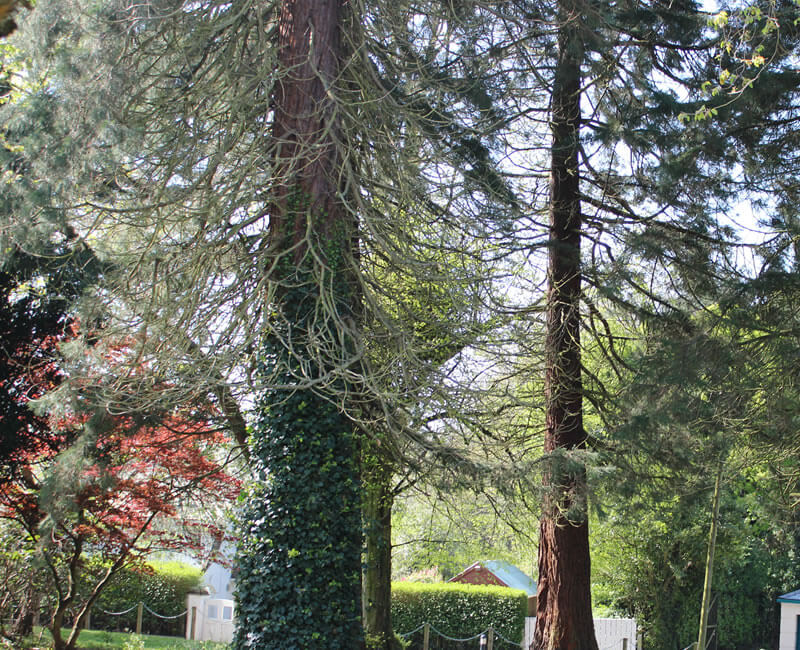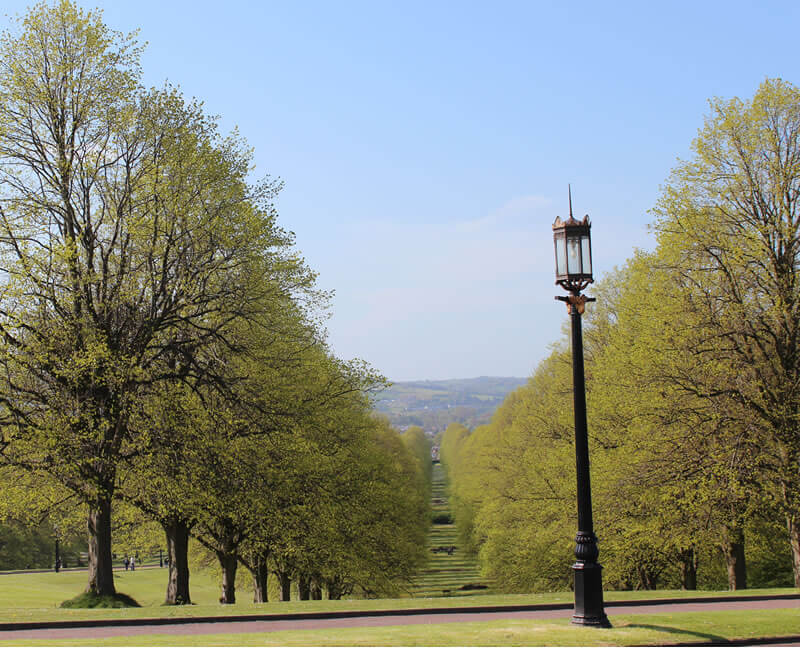Explore Stormont Estate & Parliament Buildings
Stormont, the Stormont Estate, Parliament Buildings and the Northern Ireland Assembly are all locally
referred to as Stormont.
Majestically sitting at the top of Prince of Wales Avenue is Parliament Buildings which despite being just
one building, is referred to in the plural, to find out why, view our Stormont tour photo album. The Buildings
stands as a symbol of political power in Northern Ireland and is home to the NI Assembly.
From the photos you can see that the building is not quite white, why is this? Well during the second world
war Parliament Buildings was camouflaged by painting it with a mixture of cow manure and bitumen. When the
war ended this was removed but the stonework was stained and would never regain its original white colour.
Despite this, it shines from the top of the hill like a beacon.
Given the buildings grandeur most people assume it is older than it actually is. In reality Parliament Buildings
was completed in 1926 and not officially opened until 1932, less than a hundred years ago.
Both within the buildings and in the layout of the Stormont Estate grounds symmetry and symbolism play a huge
part, from the lay out of the trees to the intersection of the roads running through the estate.
Prince of Wales Avenue which leads up to Parliament Buildings is lined with over three hundred red-twigged
lime trees which were first planted in the 1920s and maintained to this day. The trees run in symmetrical lines
and frame the building along the mile long route to the steps of parliament Buildings and as such the steps of
Northern Ireland political power.
Within the grounds is the tomb of Lord Craigavon, which sits on the east side of Parliament Buildings. In 1921
James Craig (1871 to 1940) succeeded Edward Carson as the leader of the Ulster Unionist Party and was appointed
the first Prime Minister of Northern Ireland until his death in 1940.
Lord Carson's Statue
This imposing statue is situated as the centre-piece of the roundabout at the top of the Prince of Wales Avenue.
The momument stands 12 foot tall with a granite plinth and four bronze plates outlining significant events
from Lord Carson's political life.
Somme Memorial
The Battle of the Somme holds particular significance to Northern Ireland and is commemorated each year on the 1st
July, this is due to the high numbers of Ulstermen who were lost in the first two days of fighting. The Battle
of the Somme took place during the First World War, between 1 July and 18 November 1916, in the area of the
Somme River, Northern France and resulted in over 1.5million casualties.
World War 2 Bomb Crater
Whilst some may think this an unusual attraction, this crater was as a result of an air raid strike by the
Luftwaffe on the city during the Belfast Blitz of 1941. The crater stands as both a tribute and reminder to
almost 1000 people who lost their lives and those injured during the Belfast Blitz took place in April and May.
This photo album shows many photos of the Stormont Estate, its layout and attractions, but if you visit
why not share your photos of this major Belfast attraction!
 07794 149 831
07794 149 831 info@simplybelfast.co.uk
info@simplybelfast.co.uk




































